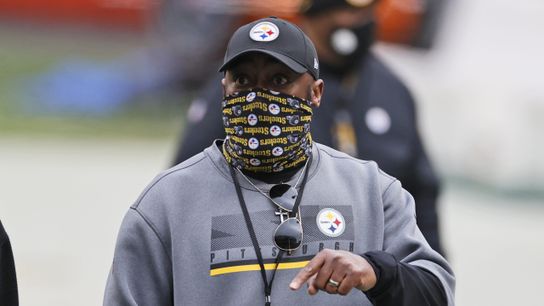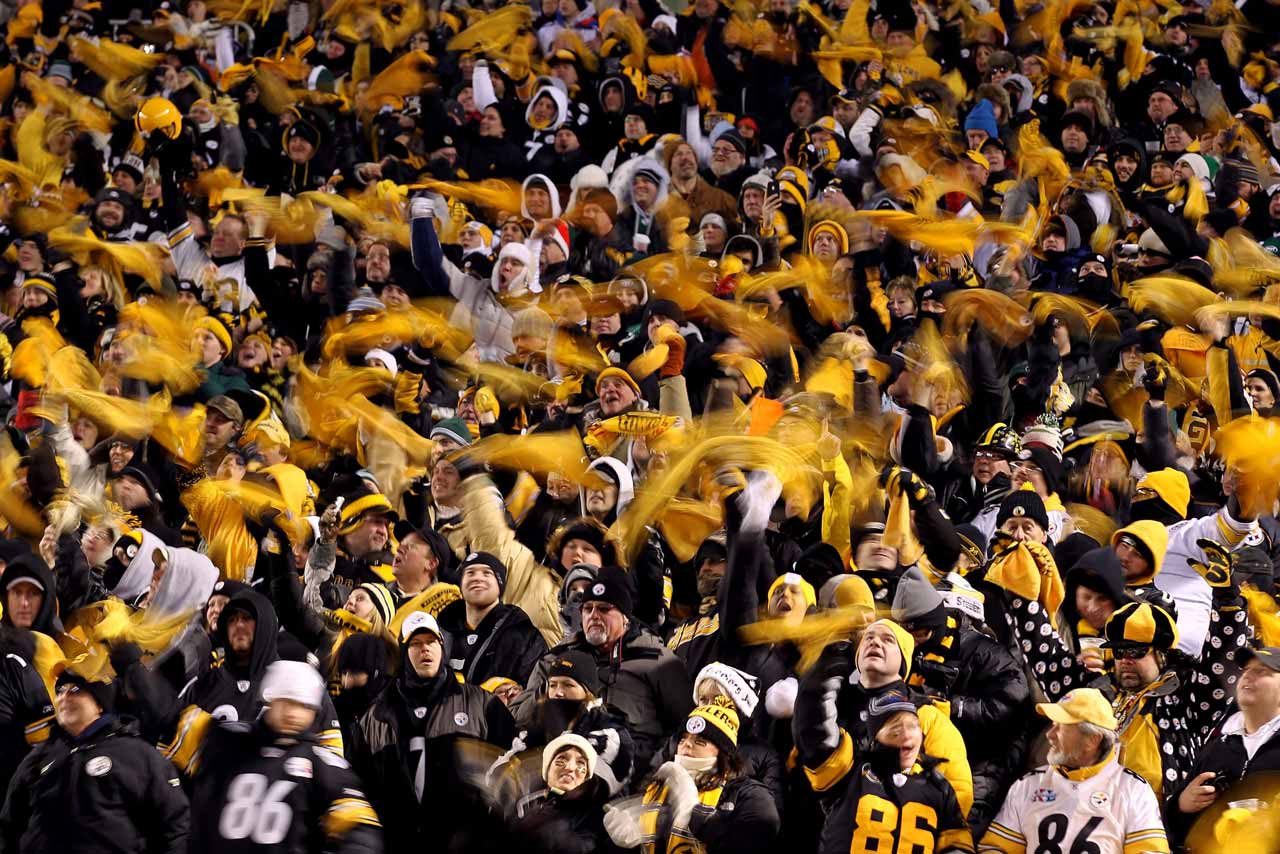By: Bill Washinski
SteelerNation.com
Last Wednesday, Pittsburgh Steelers Head Coach Mike Tomlin held his end of season press conference in which he inferred that changes were imminent.
“I’m not going to maintain the status quo and hope that the outcome changes,” said Steelers head coach Mike Tomlin in his end-of-season press conference. “That’s the definition of insanity.”
Immediately afterwards, the speculation began about the futures of coaches and players with heavy emphasis on Randy Fichtner, Ben Roethlisberger and JuJu Smith-Schuster. Tomlin avoided directly answering questions about Roethlisberger, to the point of sounding ignorant of the QBs $41M cap hit and decisions that must be made. While nobody was buying that Tomlin was as unaware of the 800 lb. gorilla in the room, he nonetheless gave the right response. For Roethlisberger to remain, while reports are optimistic about doing so, there still remains work on both sides to make that happen. Smith-Schuster’s future is more cryptic though his departure seems imminent.
Speculation on Fichtner ended quickly as news broke within 24 hours that he was fired along with Offensive Line Coach Shaun Sarrett and Defensive Backs Coach Tom Bradley.
DO THE STEELERS “FIRE” ANYONE ANYMORE?
Although it was widely reported as such, “firing” seems to be an imprecise term. While this might be an organizational directive, but in my research, Tomlin hasn’t actually “fired” any coaches in recent years. The "resignation" of Dick LeBeau and "retirement" of Bruce Arians were far more tacit than explicit departures that the organization wanted to make. Typically, they are dismissed via an announcement that they have allowed said coaches to expire, as in the cases of Joey Porter and Fichtner.
While stability is a defining characteristic of the Steelers organization over the past 50 years, it also creates a case for why the Steelers underachieved over the last decade.
Porter was “fired” amid rumors of dividing the locker room, despite many incidents and indicators which should have led to his dismissal before his contract was due, including the “Joey Porter Rule” incident. But nothing was larger than the lack of development from the OLBs then watching T.J. Watt/Bud Dupree emerge as the premier edge rush duo in 2019. Imagine if this move had been done in 2017 -- would the Steelers have fielded a better defense on one of the biggest missed opportunities in recent memory?
The complete inability to run the ball in 2020 did not come out of nowhere, as the running game was terrible under Fichtner and constituted 3 of the 4 worst running offenses by the Steelers since finishing dead last in 1966:
- 2020: #32 rushing in NFL, 1351 yards
- 2019: #29 rushing in NFL, 1447 yards
- 2018: #31 rushing in NFL. 1445 yards
Consider if it was addressed immediately, the 2019 Steelers could have been a 10-6 team and in the playoffs instead of the media gushing credit to Tomlin for finishing 8-8. The infrastructure then would have been in place to balance out the 2020 Steelers and prevented teams from catching on the predictable offense by seasons end instead of generating only 1 TD in the last 32 opening drives with more than half being 3 and out.
FOR THE RECORD:
The “other” worst season were the 2003 Steelers, when they finished 31st. Bill Cowher replaced Mike Mularkey with Ken Whisenhunt – and the 2004 Steelers led the NFL in rushing and the best regular season record in team history.
Tomlin has fired coaches before. If the name Jack Bicknell isn’t immediately familiar, you're not alone. He was the Steelers OL coach in 2013 and was fired after only one season. The move was considered surprising and even controversial by some at the time, however it resulted in the hiring of Mike Munchak, who has been universally praised as the best original hire by Mike Tomlin. It is also one of the rare instances that Tomlin did not promote from within.
SO, WHAT IS THE DEAL?
The Steelers’ recent strategy has seen assistant coaches operating on one-year deals, which gives the Steelers more flexibility to make changes. But it begs the question about who is making these decisions? Why do they not make changes until the end of the contract? It certainly wasn't policy with Bill Cowher and he wasn’t hesitant to make changes if he recognized it was a bad decision (Ray Sherman) or saw the opportunity to “upgrade” as when persuading Dick LeBeau to return in 2004 (while incumbent DC Tim Lewis was interviewing for Head Coaching jobs.)
Is this an Art Rooney II philosophy that differed from Dan Rooney? Is Mike Tomlin restricted from making changes or simply less inclined to make changes to his staff while still under contract? Why do the Steelers promote from within with the frequency they do vs. explore external candidates? In any effect, it makes his comments about the “status quo” more interesting.
What is your opinion? Who is making the decisions and why are the majority executed by “not renewing” contracts. Leave a comment with your thoughts below.
#Steelernation



